I’m going to take my life in my hands here and say it: ‘The Da Vinci Code.’ Okay, settle down at the back.
The novel, as you will remember, was the Fifty Shades of the last decade, the book everyone had to read but everyone said was terrible.
One of the ideas (not Dan’s) in the book was that Mary Magdalene was pregnant to Jesus at the time of the crucifixion and afterwards fled to Gaul.
There was a lot of other stuff that was complete hooey, but because of this premise the book did touch on one of the great cataclysms of history - the Albigensian Crusade.
The crusade (1209-1229) was initiated by the inappropriately named Pope Innocent III to eliminate Catharism in the Languedoc in the south of France.
What was Catharism and why did the Pope get his knickers in a bunch over it?
The thirteenth century Cistercian chronicler Peter de Vaux de Carney claimed the Cathars believed that the earthly Jesus had a relationship with Mary.
But that wasn’t the whole picture; that was just the frame.
The Cathars had their own entire theology. They held that all matter was evil and only spirit was good; itself a fundamental challenge to established Roman teachings.
Their basic tenet was that the physical world was by the devil, Rex Mundi (in Latin, “King of the World”), while God was pure spirit, unsullied by the taint of matter.
They grew to become a popular mass movement in the Languedoc.
Their priests were known as perfecti; these were the spiritual elite, highly respected even by Christians for leading holy lives of austerity and charity - in contrast to the clergy of the time, who had more bling and booty calls than hip hop musicians.
The Cathars ordained women priests and further believed that civil authority had no claim on them, since they did not recognize the physical world.
So their growing popularity was a threat not only to the Pope but to the King of France as well.
Innocence’s crusade pitted northern French nobility against those of the south. Their enthusiasm for the war was inspired by a papal decree permitting the confiscation of lands owned by Cathars and their supporters.
So the barons of Orleans and the Champagne and Burgundy took up the cross to do battle for God and for real estate.
They had churchmen with them to advise on how to proceed with the war and they proved particularly zealous. During the siege of Béziers in 1209, Arnaud-Amaury, the Cistercian abbot-commander, was asked how to tell Cathars from Catholics.
His reply: “Kill them all, the Lord will recognize His own.”
They broke down the doors of the church of St Mary Magdalene and those seeking sanctuary inside were dragged out and slaughtered.
What remained of the city was razed by fire. Arnaud-Amaury wrote to the Pope. “Today your Holiness, twenty thousand heretics were put to the sword, regardless of rank, age, or sex.”
The war ended twenty years later with the Treaty of Meaux-Paris, which decimated the power of the counts of Toulouse and the cultural autonomy of the Languedoc.
In 1233, the Inquisition was created to crush what remained of Catharism.
It operated in the south of France during the rest of the 13th century and most of the next.
It could be described as a hybrid of the Gestapo and the National Library of Congress, both terrorizing and documenting the lives of the individuals in their purview.
One of their documents, discovered in the Vatican archives in the 1960s, is the oldest known account of the daily lives of ordinary people in the thirteenth century.
It was translated by Emmanuel Le Roy Ladurie and was an excellent resource for my book.
The last decisive military engagement was the nine month siege of Montségur.
As a safe haven for Cathars, the mountain top fortress was of huge symbolic and strategic importance.
In May 1243 the seneschal Hugues de Arcis led 10,000 royal troops against the castle, the last refuge of about 100 armed soldiers as well as almost 200 perfecti, (who as pacifists did not participate in combat) and a number of civilian refugees.
After the Castle surrendered, safe passage was offered to all those who would renounce the Cathar faith.
Astonishly, a number of defenders converted to Catharism after the surrender and chose to die an agonizing death along with the Cathar priests rather than walk free.
It is claimed that some Cathars had already escaped in order to recover a treasure buried in a nearby forest.
What was the treasure?
Documents? Jewels? Relics? If it existed, no one knows what it was, or what happened to it.
Some say the treasure was the Holy Grail - whatever, or whoever, that is. But now we’ve strayed into Dan Brown territory.
So it’s time for me to stop.
I don’t have the code for any of that.
STIGMATA is available now at AMAZON US and NOOK.
I’D LOVE YOU TO SUBSCRIBE TO MY EMAIL LIST – IT’S DIFFERENT TO SUBSCRIBING TO THE BLOG, YOU’LL GET THE CHANCE TO GET FREE BOOKS AND OFFERS.
YOU WILL NOT GET SPAMMED – JUST NEWS ABOUT MY BOOKS EVERY 3-4 WEEKS THAT I AM NOT PUTTING HERE ON MY BLOG.
JUST FILL IN YOUR EMAIL ADDRESS HERE

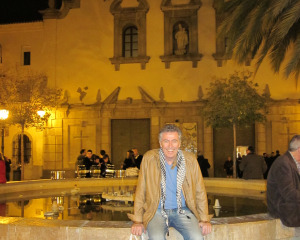

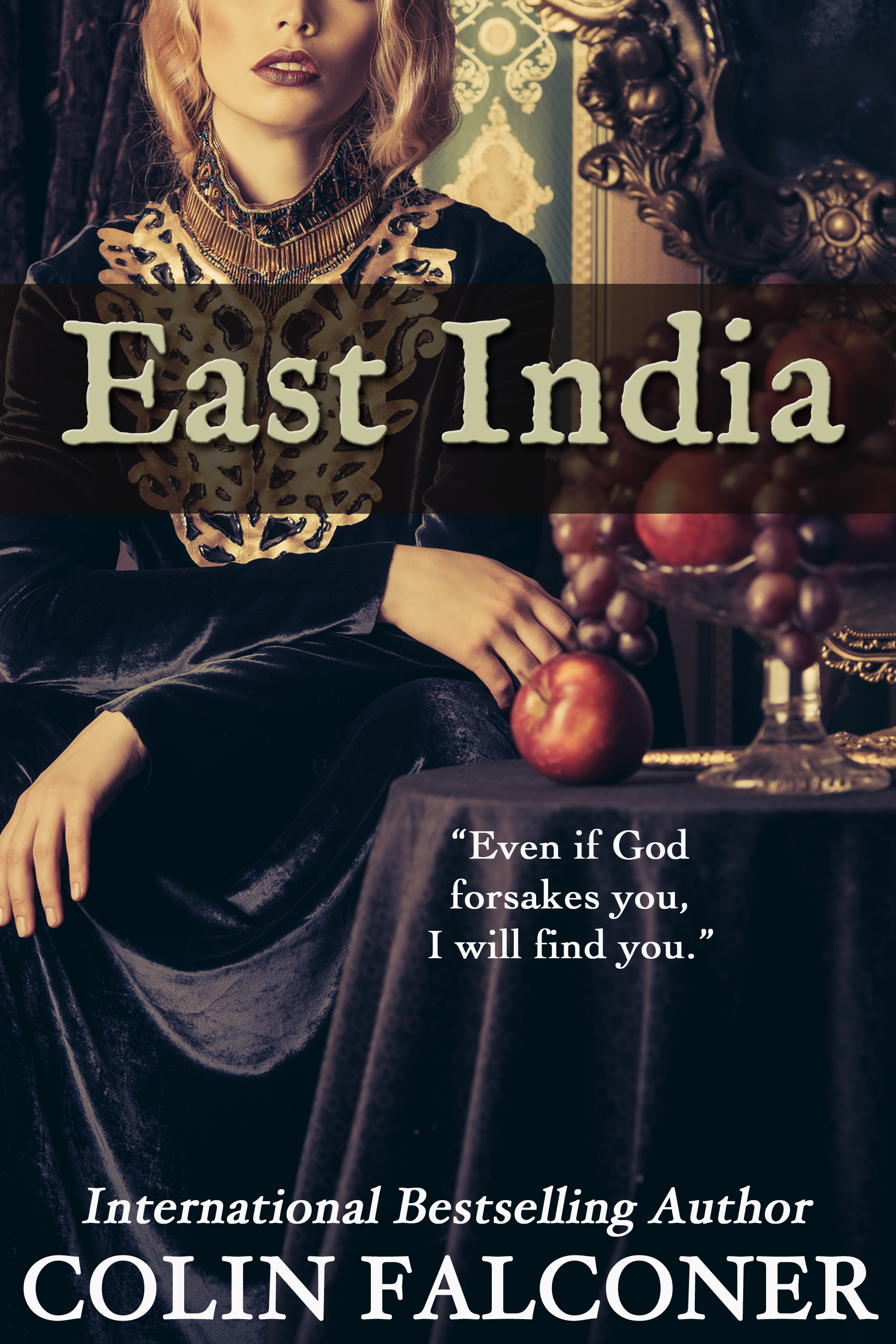
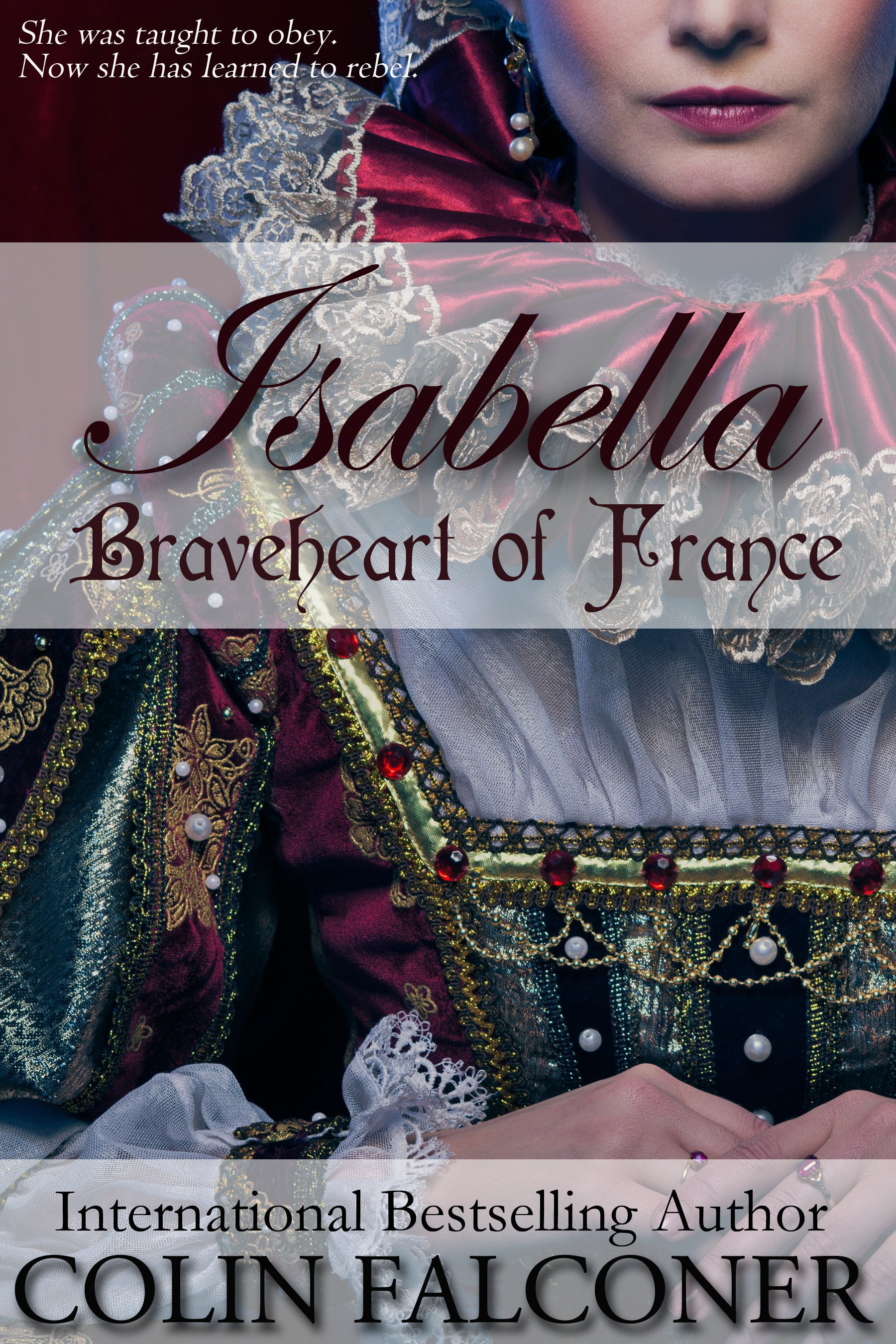
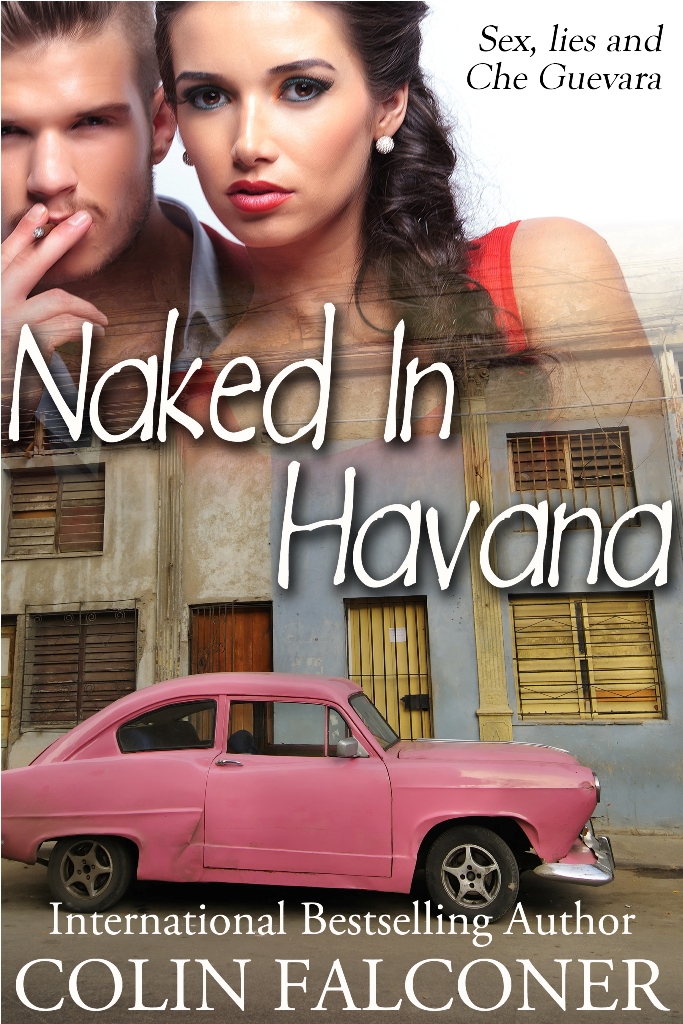

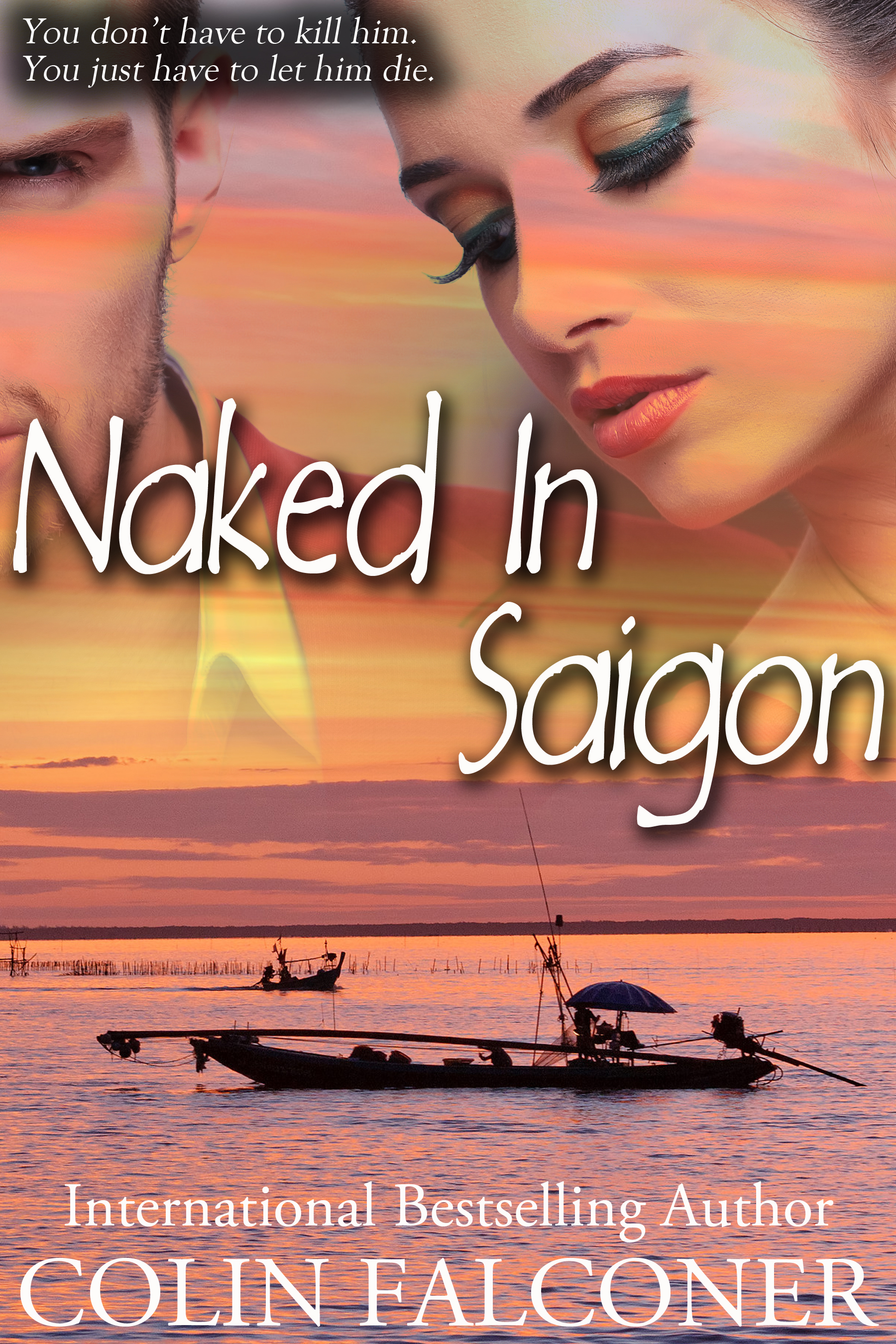
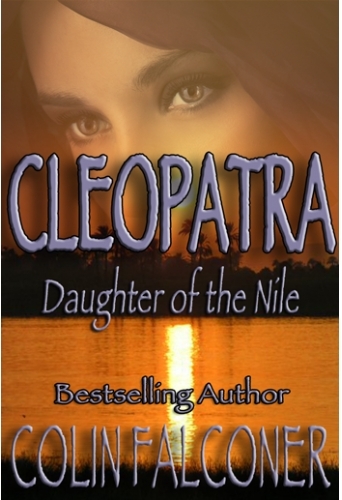
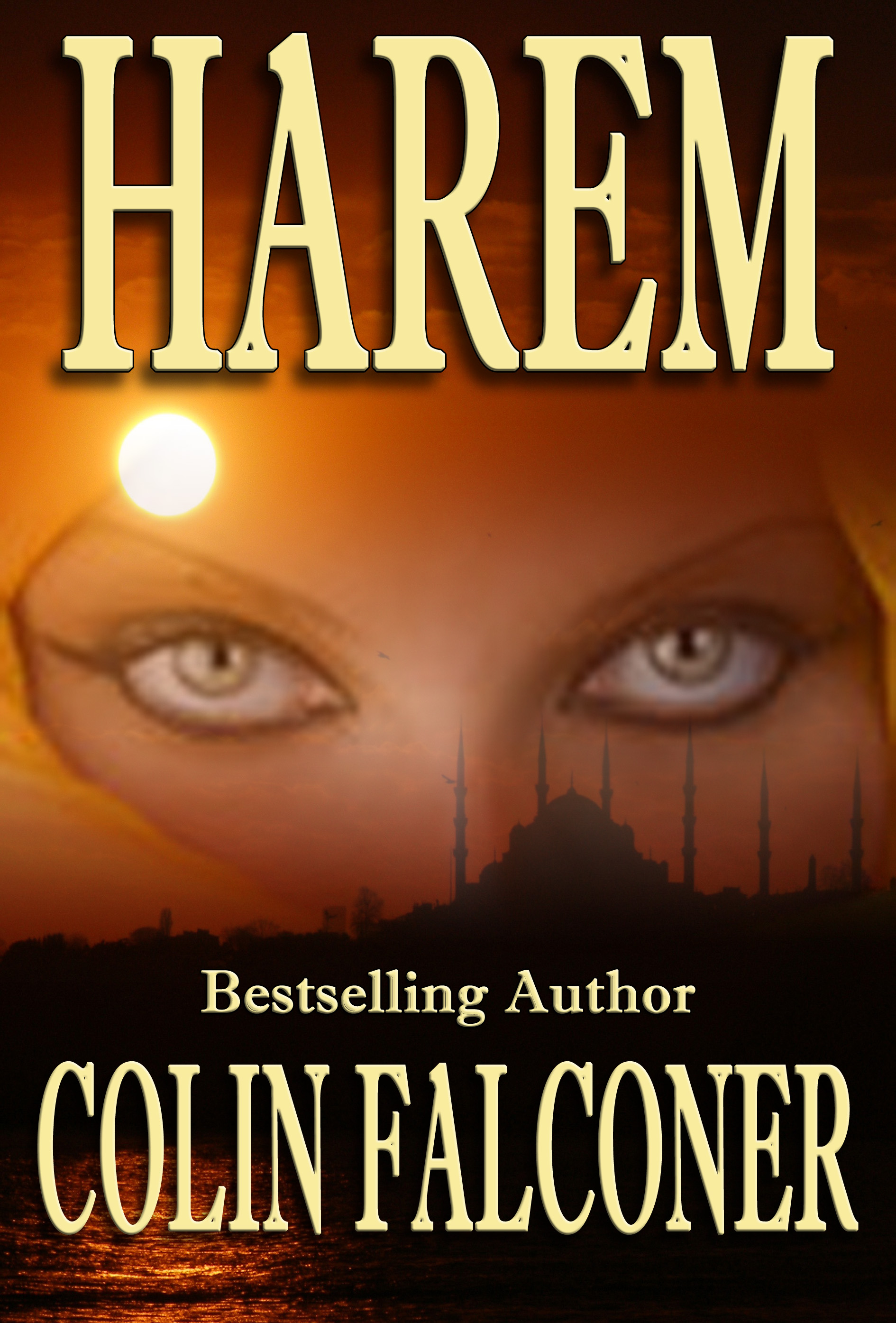
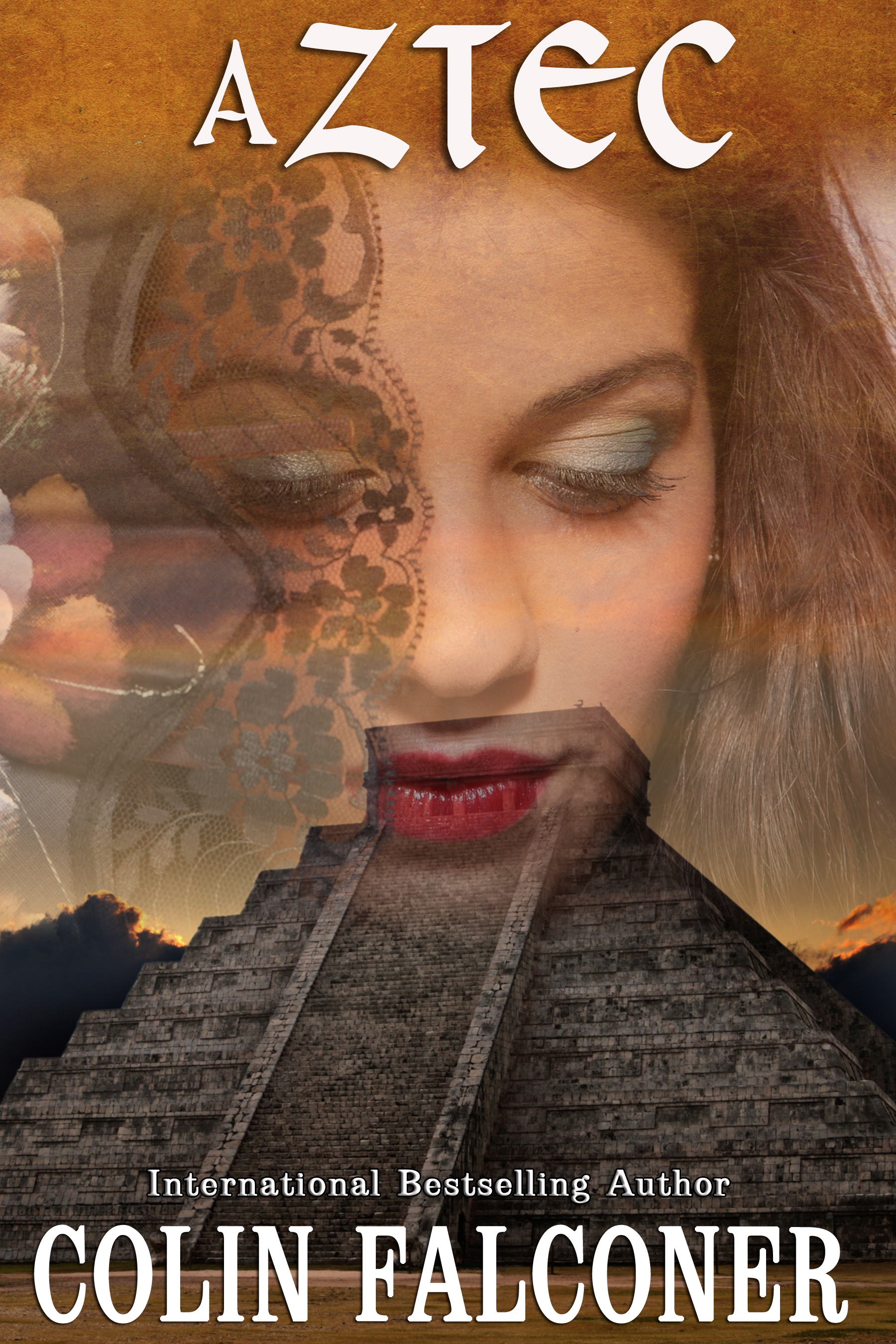


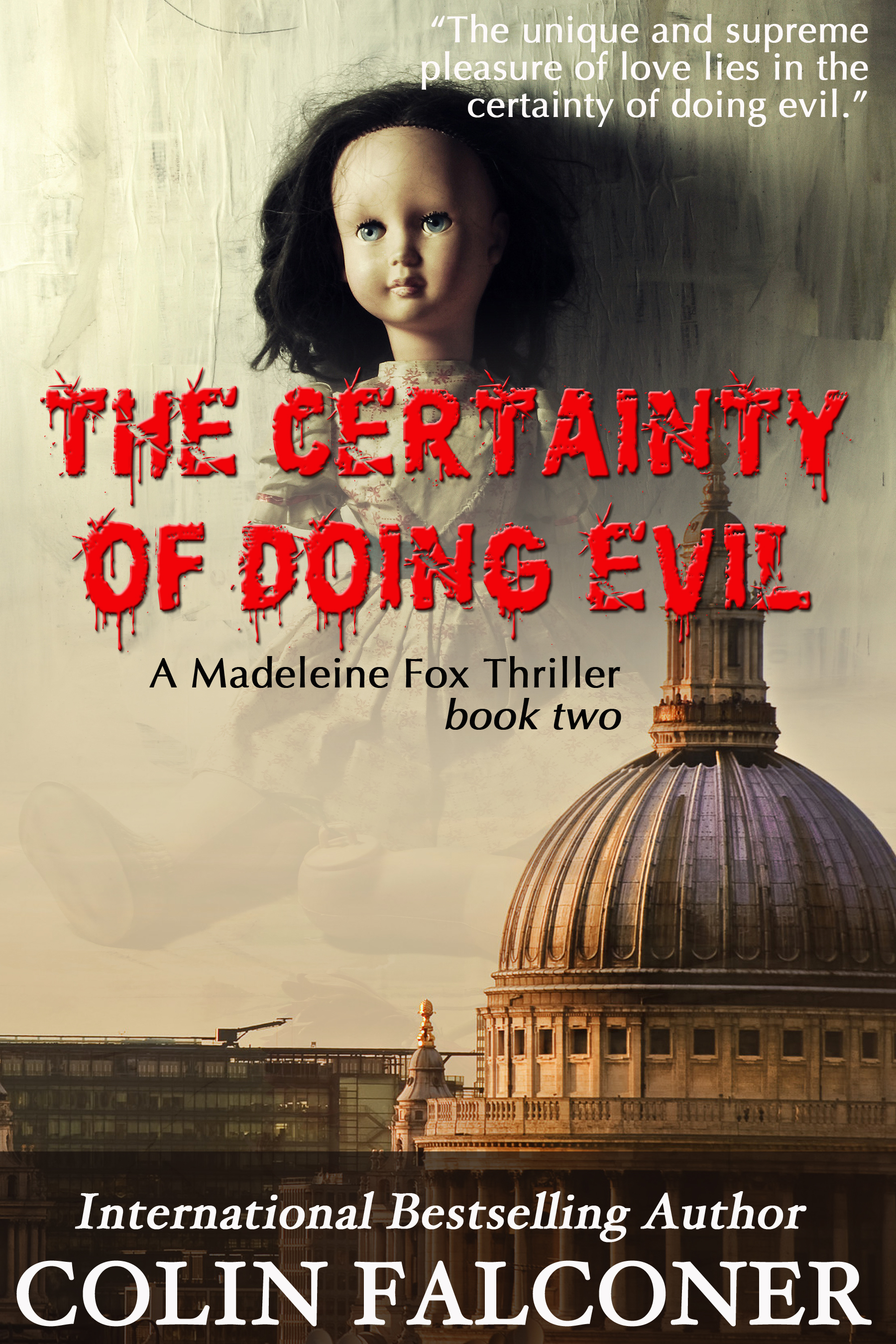
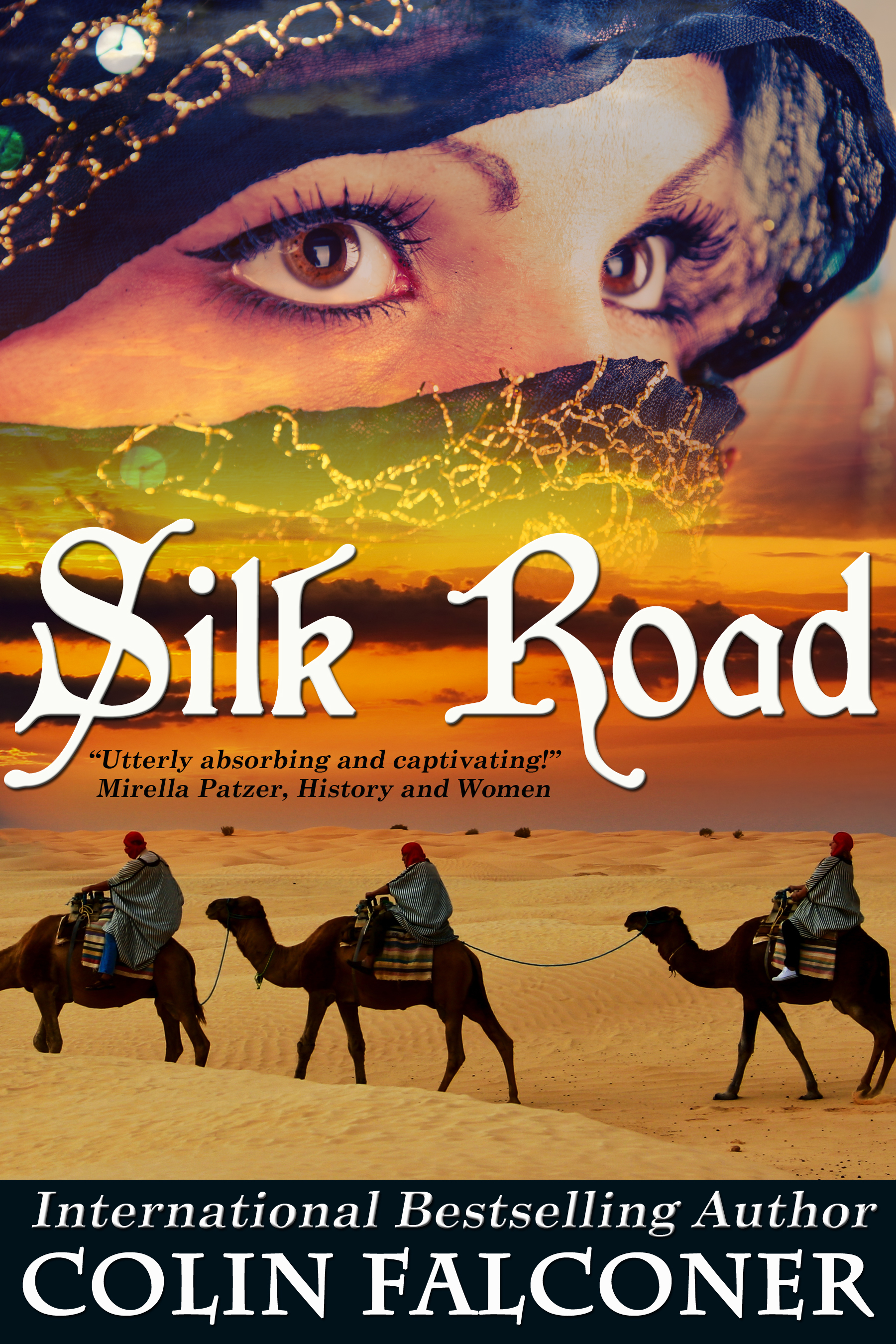
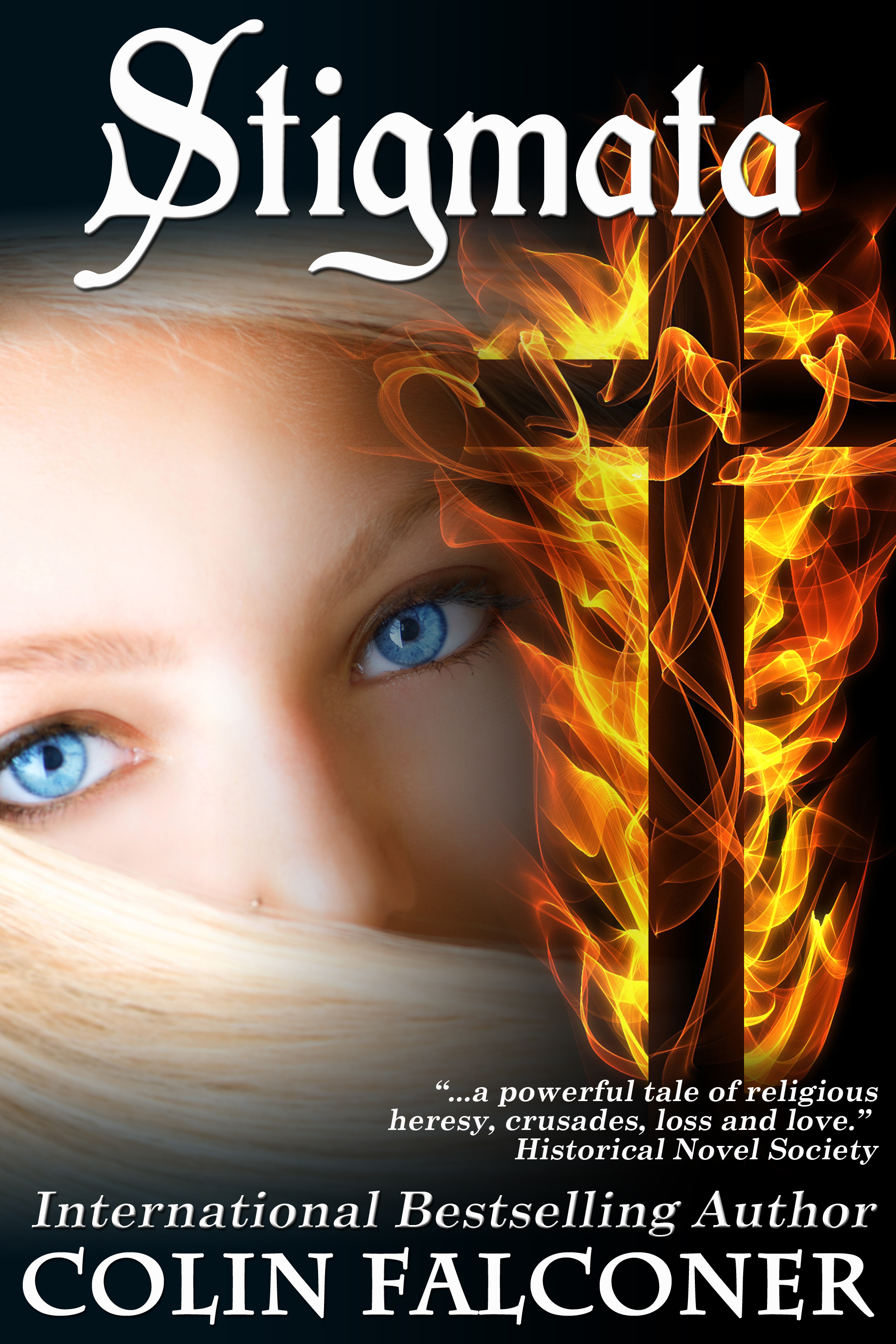
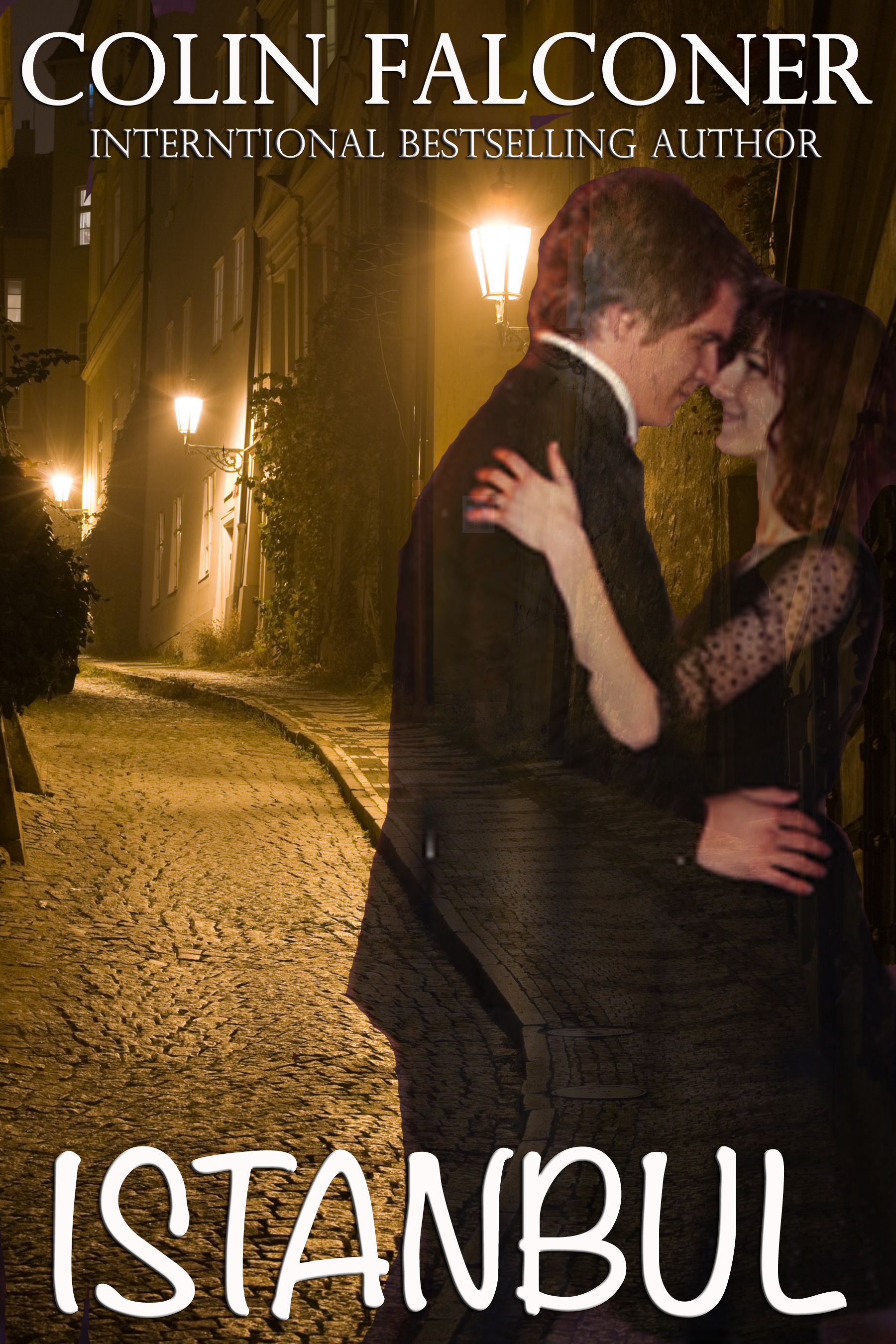
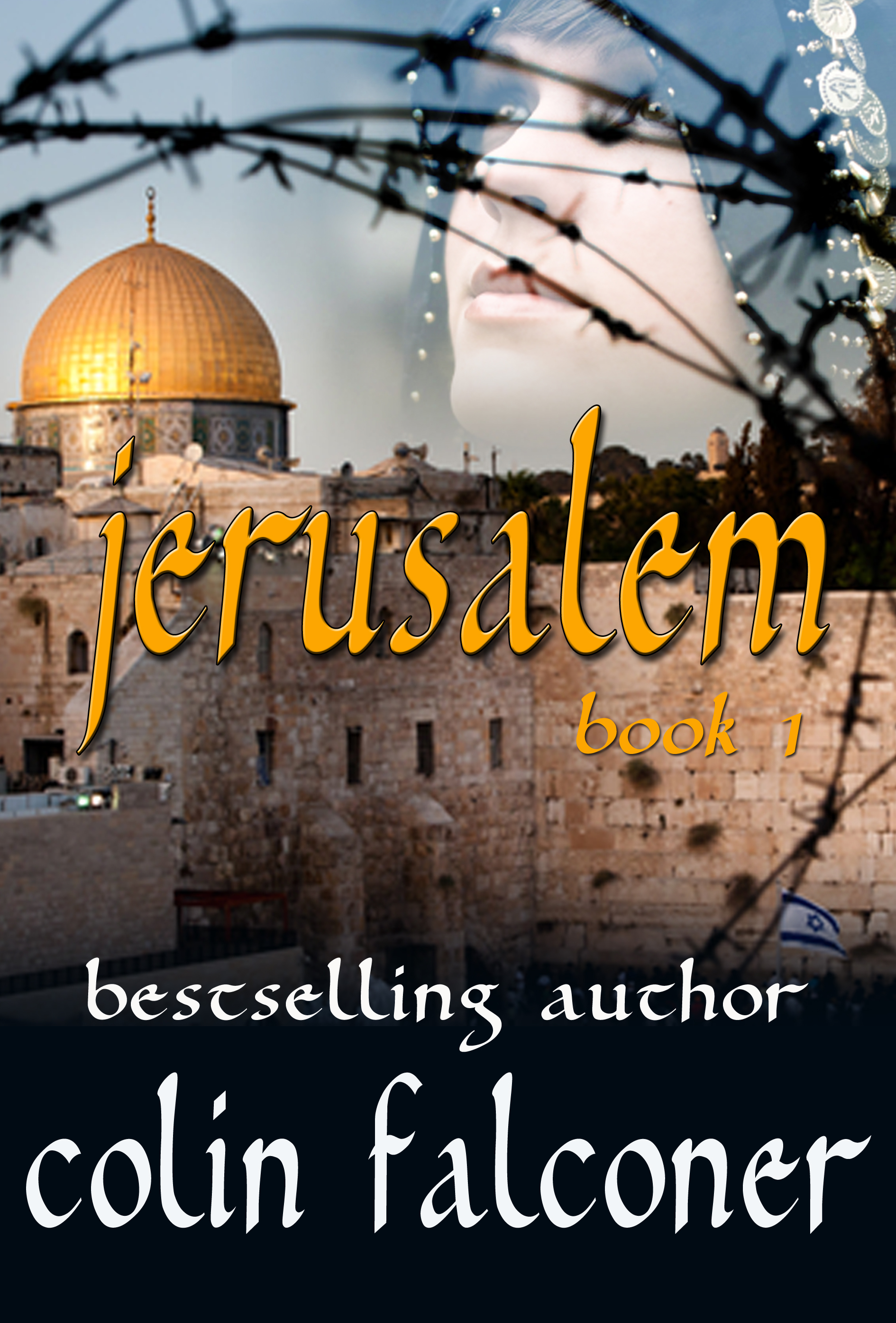

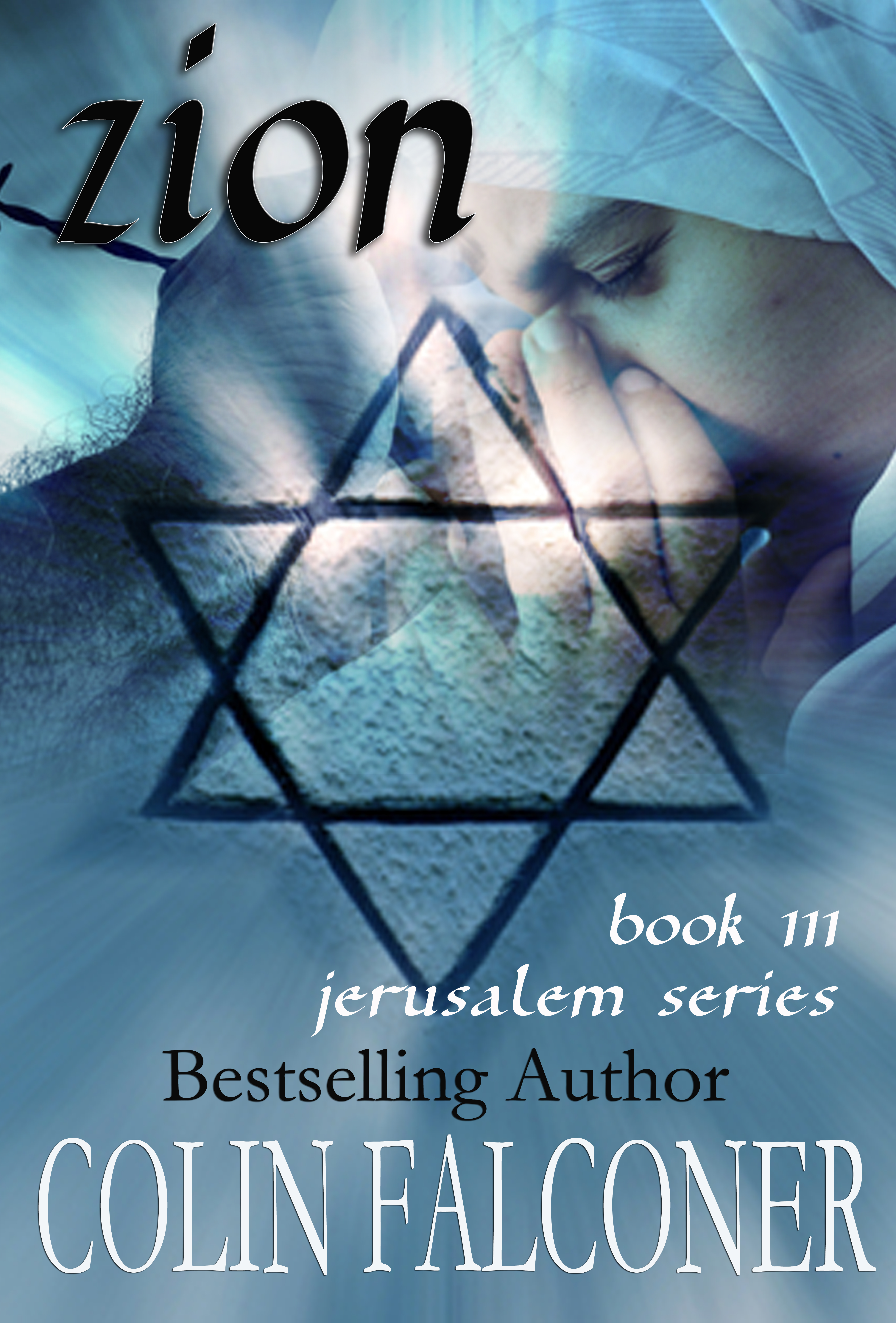

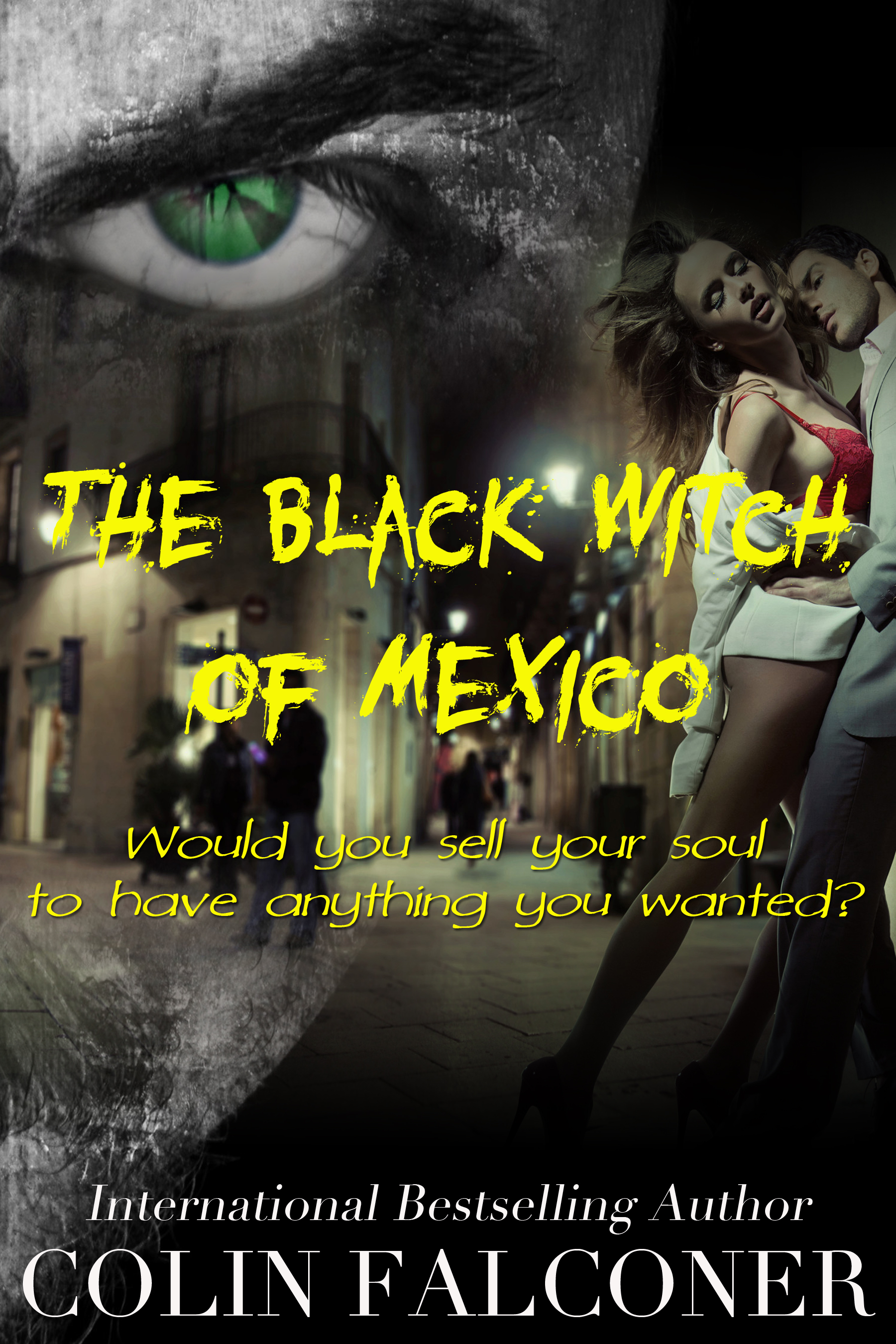
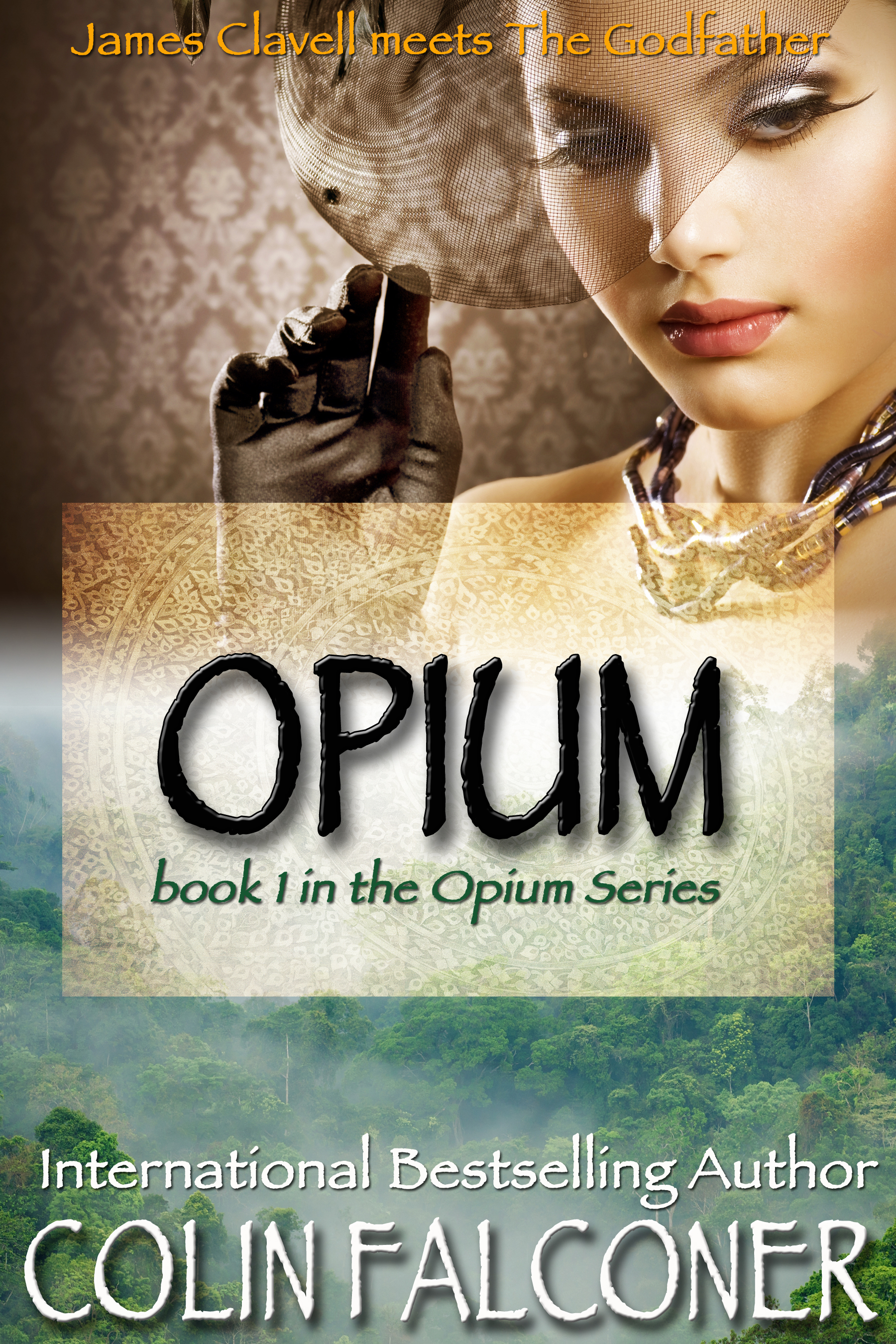

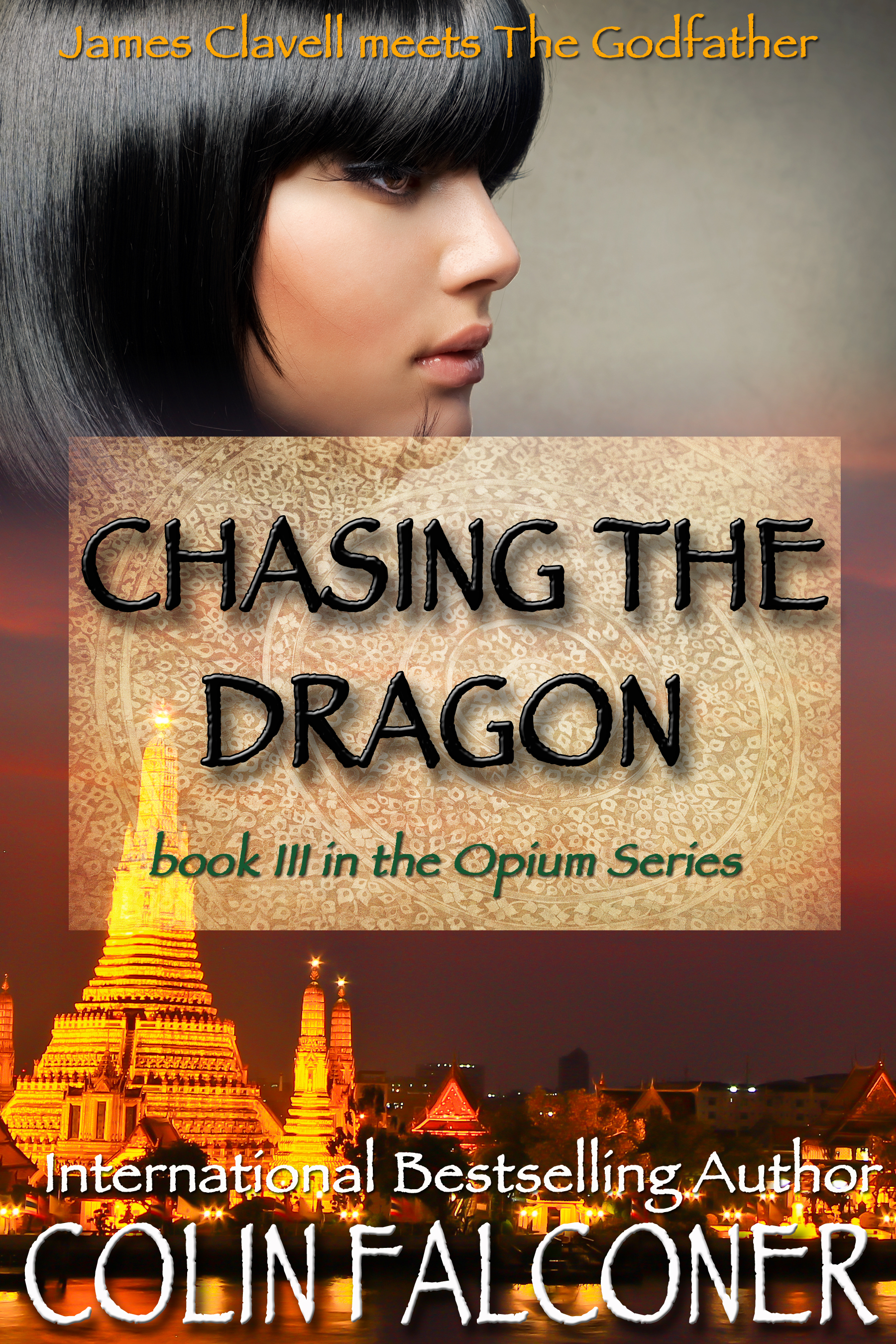
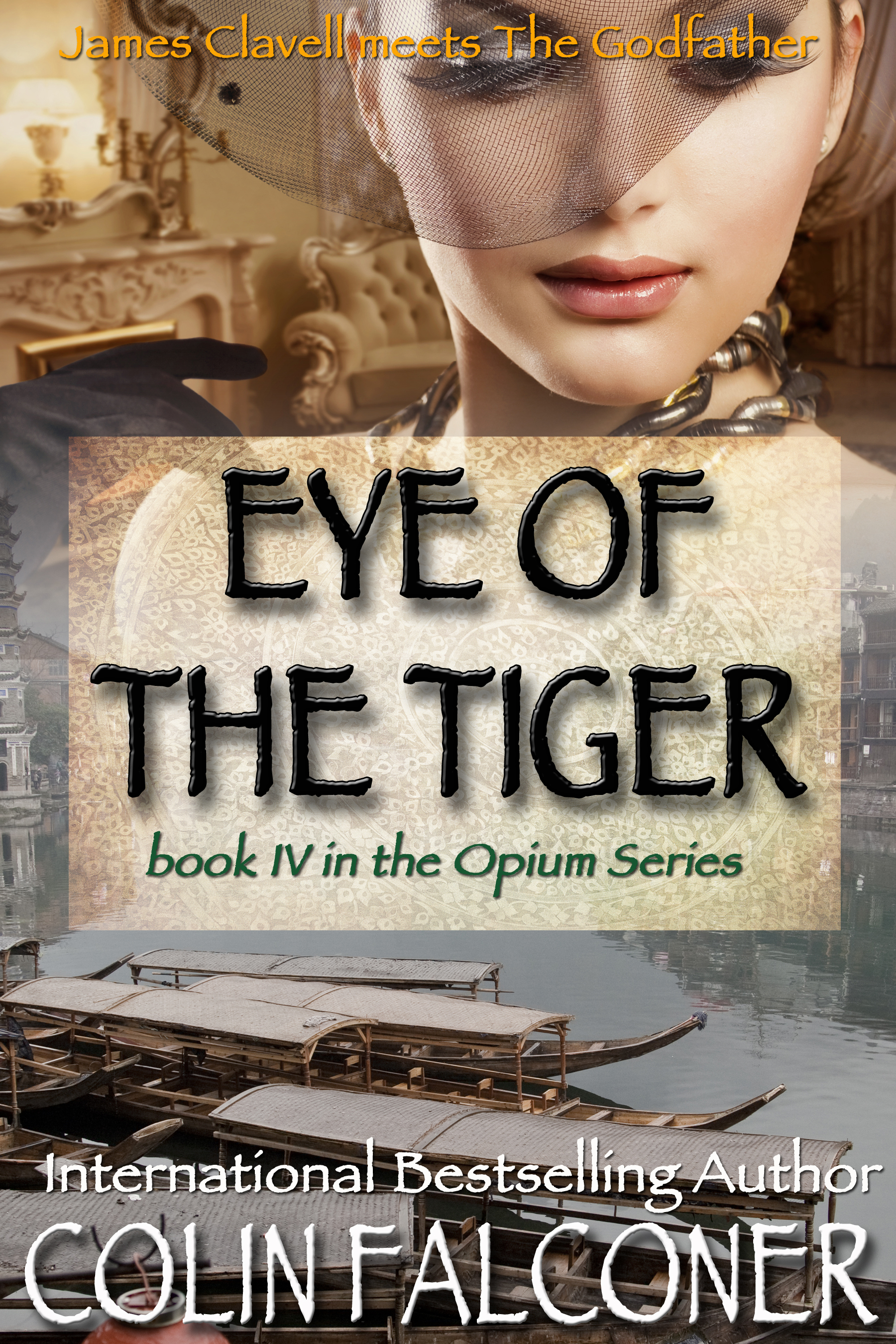
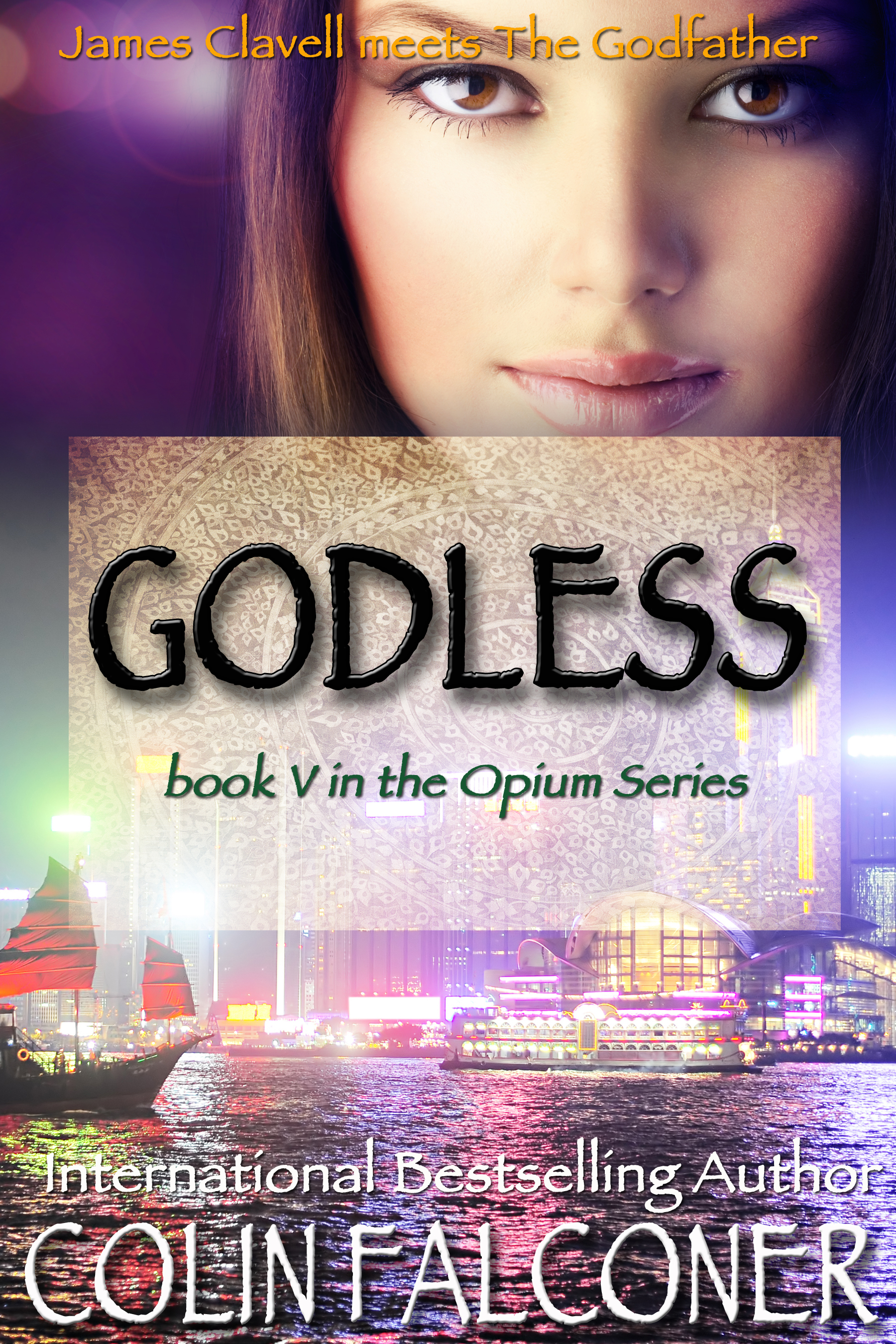




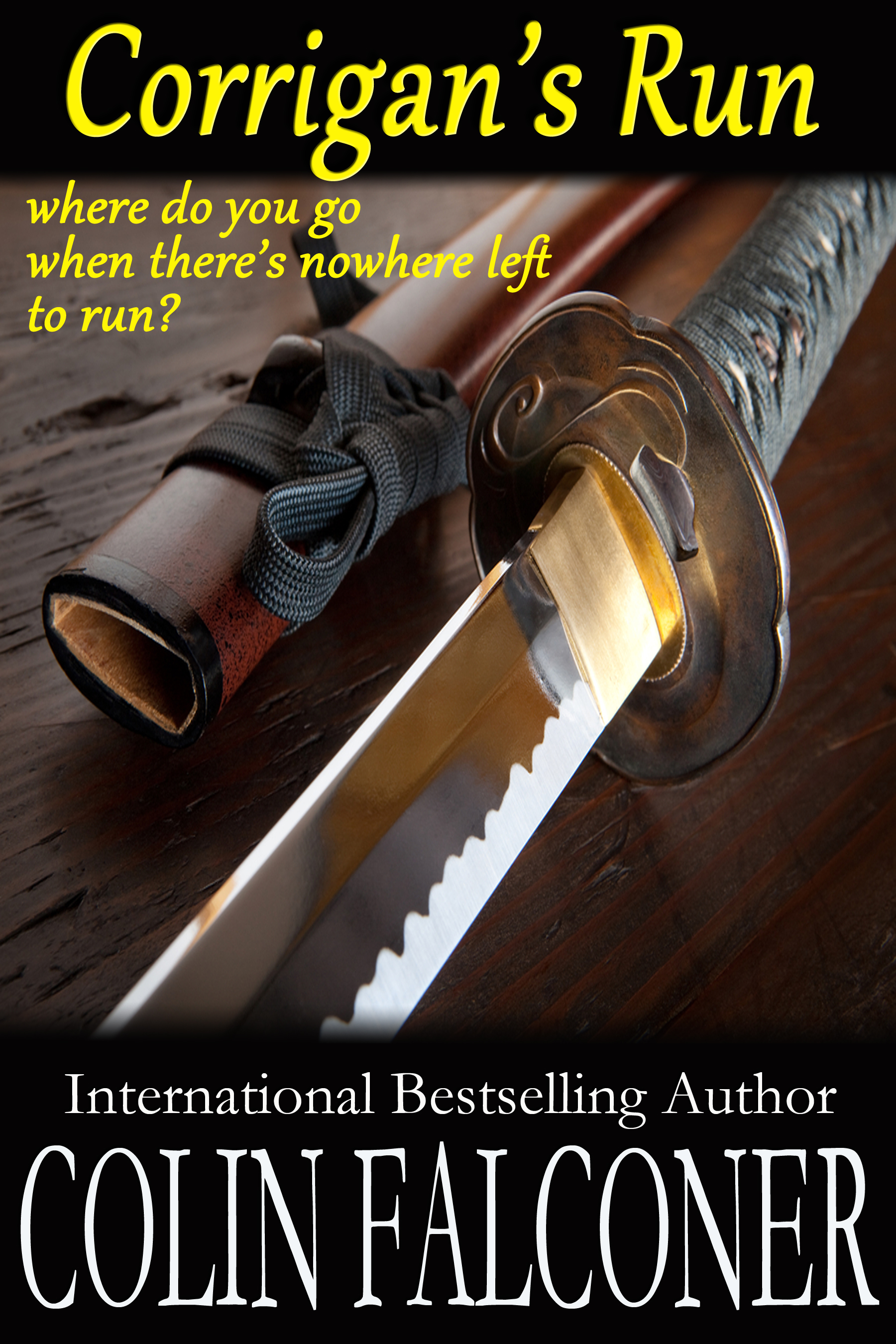
The Da Vinci Code was meh. I noticed that nobody, in the entire course of the novel, ate, slept or went to the bathroom. Otherwise it was a perfectly good thriller that wouldn’t have sold anywhere near as many copies if the church hadn’t made such a fuss. I bet the author and his publishers rubbed their hands in glee at the free publicity the church gave the book.
A wonderful (YA) series about the Cathars is Catherine Jinks’ Pagan Chronicles. I highly recommend it.
Good luck with the saes of your new novel, but how about making them available in iBooks? I hate giving my card details and you don’t have to do that in iBooks, which lets you buy with an iTunes card.
It’s now available in iBooks, Sue, just took a while longer for the listing to come up than Amazon. Go here: and you’ll find it!
If we go all the way back to “Parcifal” and the opera by Wagner (which I barely remember, althought I played it, back during the Punic Wars-joke) I seem to remember that the Holy Grail is represented as a chalice, but that is not necessarily the case. I believe, that in these the Orders of Knights in all of these crusades aside from the Albigensian Crusade (pogrom?the 10,00 troops royal raised by senechal Hugues d’Arcie, which almost sounds like a mercenary force) the larger orders, from Aleksandr Nevsky’s (well, not his, I just adore the film and music (Eisenstin and Prokofiev-and the timeliness, 1938), but orders such as: The Knights Templar, a Teutonic order, Knights Hotpitaller, who were established and worked and fought in and around Jerusalem, Order of Saint George, found in 1326 by King George I of Hungary.
Of course, their featured principle was the amalgamation of military and religious life. Obviously, we can mention the oxymoronic quality of this, but in the most excellent movie, “The Kingdom of Heaven,” we see the extreme zealotry and thuggery of the Knights Templar and the mitigating actions of the Hospitallers. One of them is a Count. The Knights Templar when forced into a war that neither side really wanted, are annihilated. The one good priestly knight slain.
Anyway, this is in the 1400s. I do not believe that the grail is a chalice as depicted in ohther stories and movies. I am deeply fascinated with the Crusades themselves. For instance, during the early Crusades, the gates of Constantinople opened and all of the men came rushing out to greet the approaching Crusaders. The people of Constantinople were slain. Why? They all wore turbans, as was the fashion, yet they were Christians. I cannot wait to read “Stigmata..” Thank you, Colin
You love your history! I only have specific windows on them, for the periods I wrote about, but they were not much loved. I believe they were also the very first bankers. I really hope you enjoy STIGMATA - it’s the one crusade no one seems to know about. Like Jerusalem, like Constantinople, thousands were slaughtered under the Christian cross. The Cathars are intriguing - hope you enjoy my take on it.
I absolutely adore history and have yet to find an era or place that is boring. A legacy of my father I believe. I realize there are gaps; only omniscient beings know all and would they tell it if they could, hmm? The second time I went to uni (a regular vice in my family) it was for comp sci and my western and eastern civilization professors thought I should jump ship, so I minored in Russian and Eastern European Language. Now, I can speak horrible Russian and Polish to my stand partners (my first major was Viola Performance) since they’re now over in the US orchestras. Thanks, Colin. Hope you enjoy the random ramble!
Well I love history too … it is, after all, just a collection of fantastic stories, many still waiting to be told, or told in a new light!